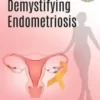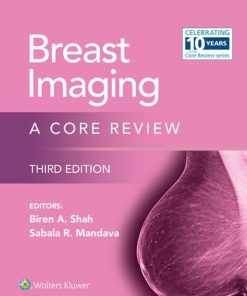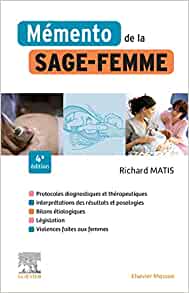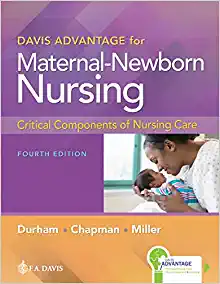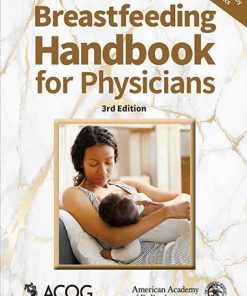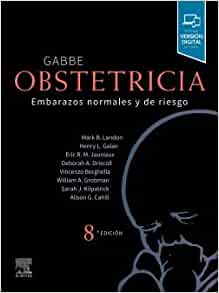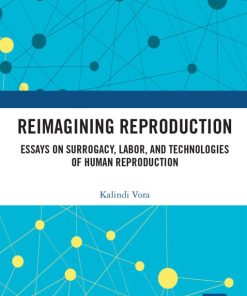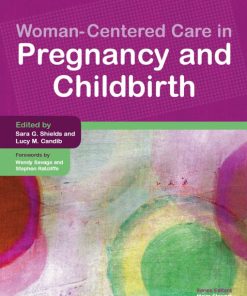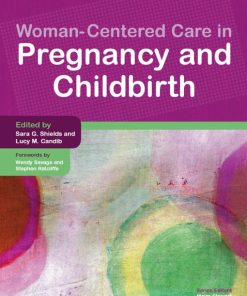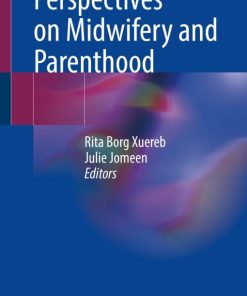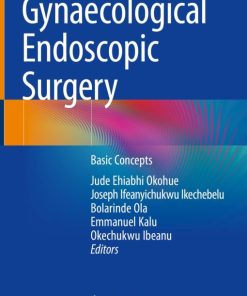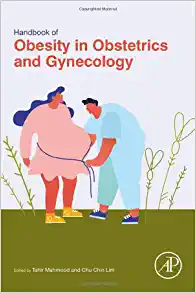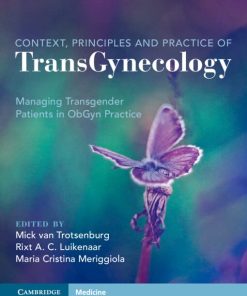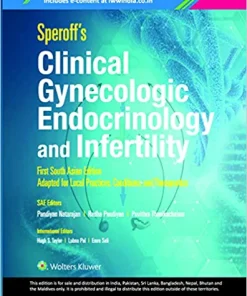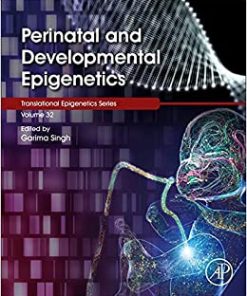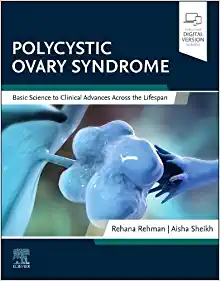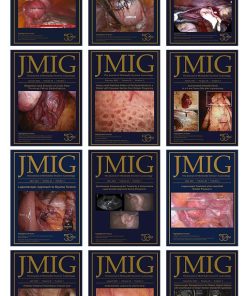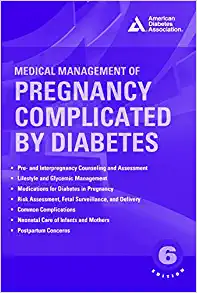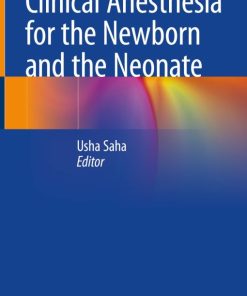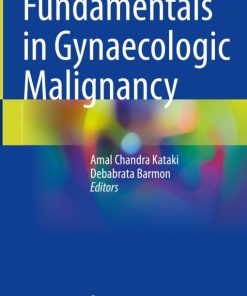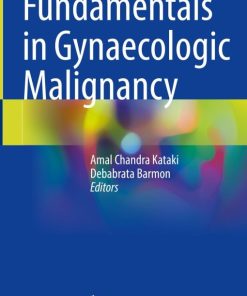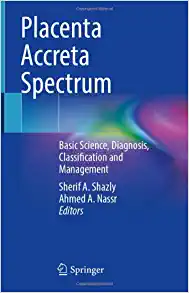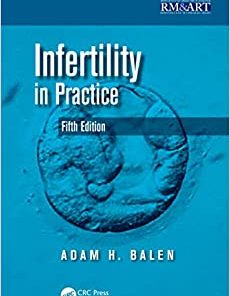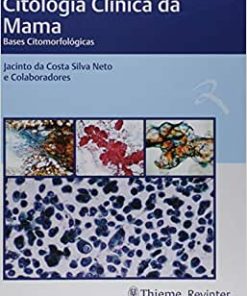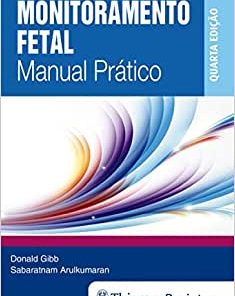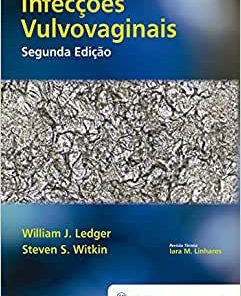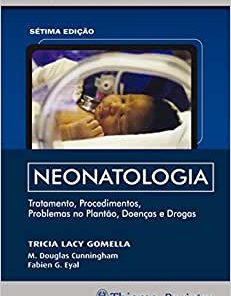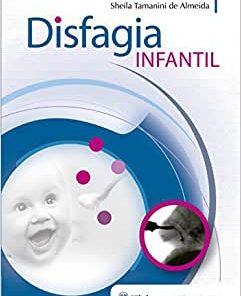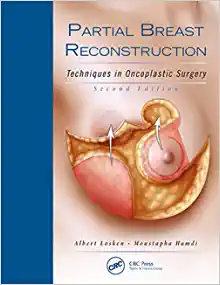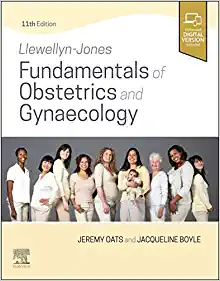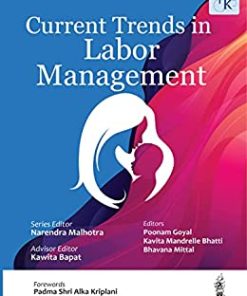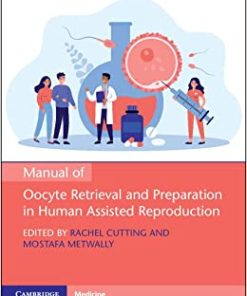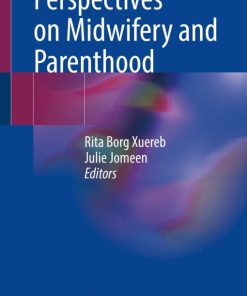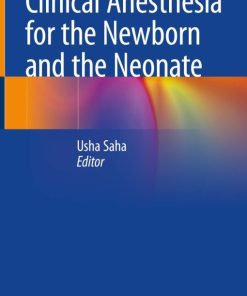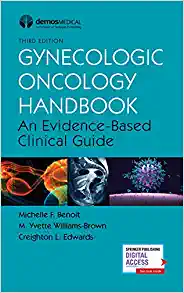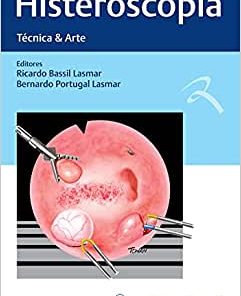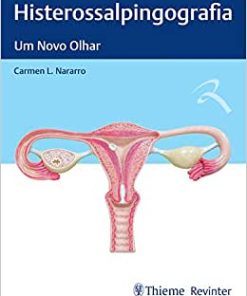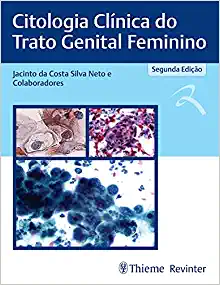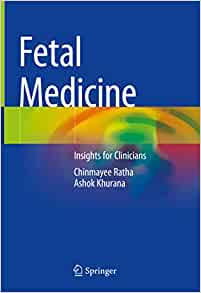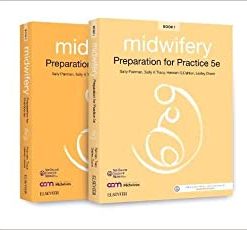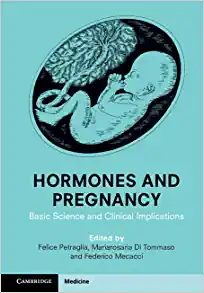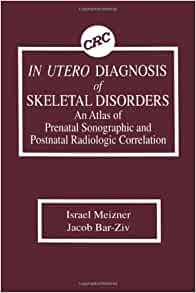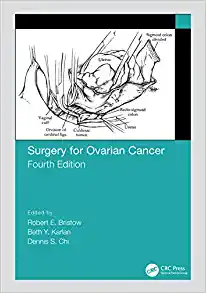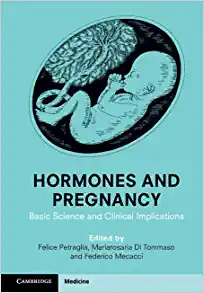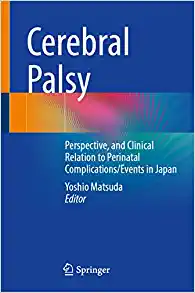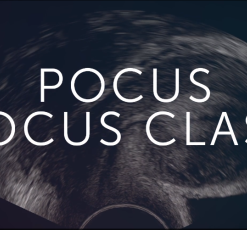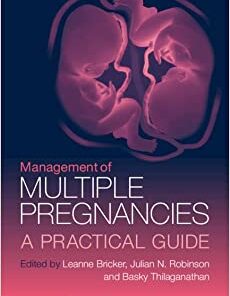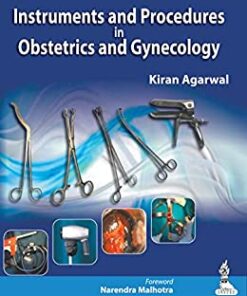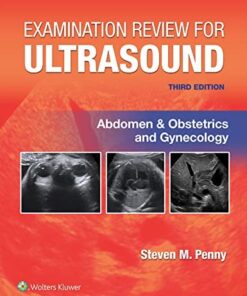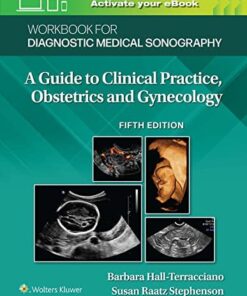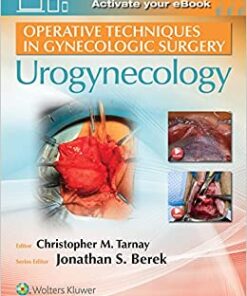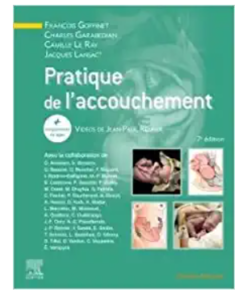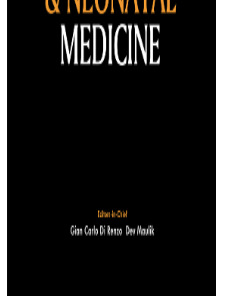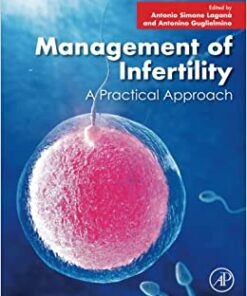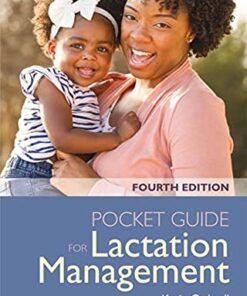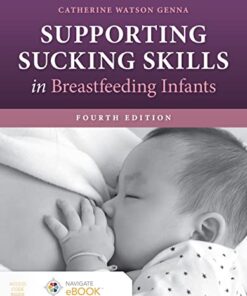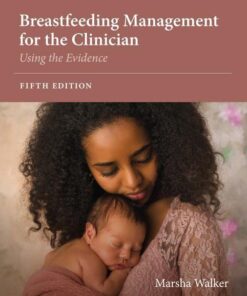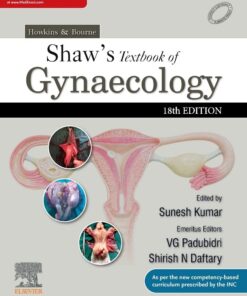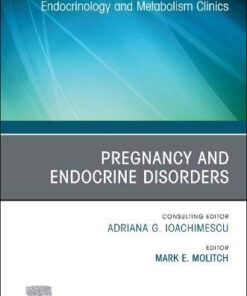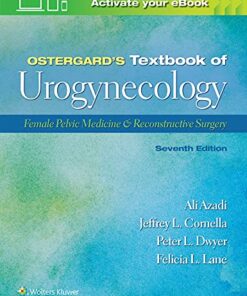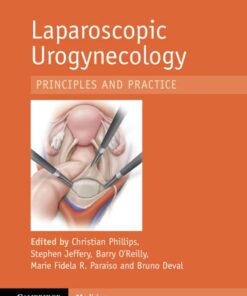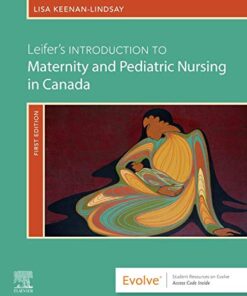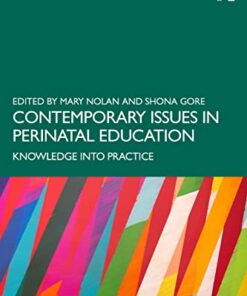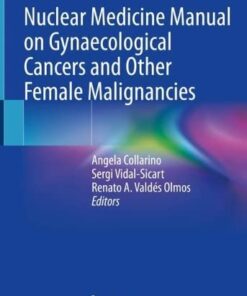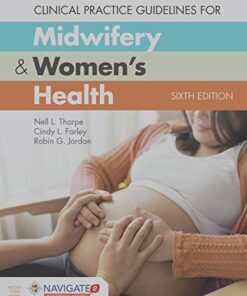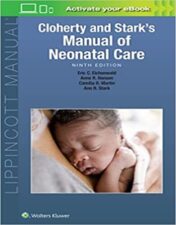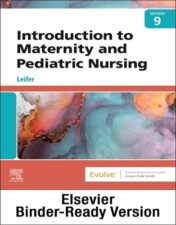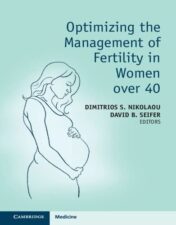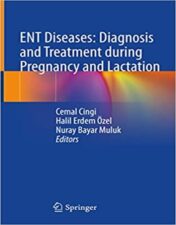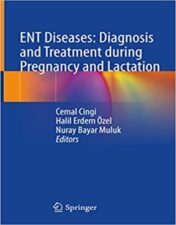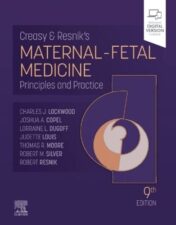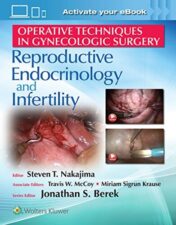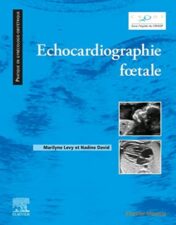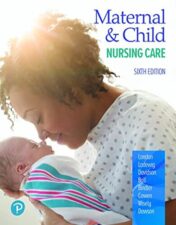USCAP gynecologic pathology navigating histologic mimics and other diagnostic pitfalls 2021 cme videos
$120
USCAP gynecologic pathology navigating histologic mimics and other diagnostic pitfalls 2021 cme videos
Course Description
Specimens from gynecologic organs constitute a significant component of most surgical pathology practices, which necessitates that practicing pathologists remain updated on advances in this dynamic, constantly evolving field. The diagnosis of gynecologic tract diseases can be challenging, and fraught with potential pitfalls that may have clinically significant consequences. Classical diagnostic issues in gynecologic pathology have revolved around the potential for non-neoplastic diseases, benign neoplasms, and malignancies to mimic each other, and for different histotypes of malignancies to display morphologic and / or immunophenotypic overlap. Within this context, pathologists must remain updated on newer approaches to disease classification, disease staging, and tumor grading. In this interactive microscopy course, the faculty will present cases wherein one lesion may potentially be mistaken for another due to varying degrees of morphologic and / or immunophenotypic overlap between them, or in which a cancer may be misclassified regarding grade, stage or primary site for a variety of reasons. The diverse case-mix will include those derived from both routine and consultation practices, reflecting the broad spectrum of gynecologic pathology. The presentation of cases will be clinically oriented, with an emphasis on day-to-day präctical issues, and on accurately classifying each case within the context of a lesion-specific differential diagnosis.
Target audience
Practicing academic and community pathologists, and pathologists-in- training
Learning Objectives
Upon completion of this educational activity, learners will be able to: Identify tumor appearances that may result in errors in tumor typing, staging and grading Evaluate diagnostic criteria and clinical significance of various common and uncommon neoplasms of the gynecologic tract Recognize the utility and pitfalls associated with the use o immunohistochemistry to resolve some diagnostic issues
Related Products
GENERAL OBSTETRICS
GENERAL OBSTETRICS
Tumor Imaging: Breast Imaging Online Course 2022 (CME VIDEOS)
GENERAL OBSTETRICS
GENERAL OBSTETRICS
Gabbe. Obstetricia: Embarazos normales y de riesgo, 8th Edition (EPUB)
GENERAL OBSTETRICS
GENERAL OBSTETRICS
Evidence-Based Care for Midwives (Original PDF from Publisher)
GENERAL OBSTETRICS
GENERAL OBSTETRICS
Practising Feminism for Social Welfare (Original PDF from Publisher)
GENERAL OBSTETRICS
Perspectives on Midwifery and Parenthood (Original PDF from Publisher)
GENERAL OBSTETRICS
Textbook of Human Reproductive Genetics, 2nd Edition (Original PDF from Publisher)
GENERAL OBSTETRICS
GENERAL OBSTETRICS
Journal of Minimally Invasive Gynecology 2021 Full Archives (True PDF)
GENERAL OBSTETRICS
Medical Management of Pregnancy Complicated by Diabetes, 6th Edition (EPUB3)
GENERAL OBSTETRICS
Clinical Anesthesia for the Newborn and the Neonate (Original PDF from Publisher)
GENERAL OBSTETRICS
Fundamentals in Gynaecologic Malignancy (Original PDF from Publisher)
GENERAL OBSTETRICS
GENERAL OBSTETRICS
Infertility in Practice, 5th Edition (Original PDF from Publisher)
GENERAL OBSTETRICS
A Vulva: Manual Prático, 2nd Edition (Original PDF from Publisher)
GENERAL OBSTETRICS
Fertility Counseling: Clinical Guide 2e (Original PDF from Publisher)
GENERAL OBSTETRICS
TEGO: Perguntas e Respostas, 2nd Edition (Original PDF from Publisher)
GENERAL OBSTETRICS
Infecções Vulvovaginais, 2nd Edition (Original PDF from Publisher)
GENERAL OBSTETRICS
Disfagia Infantil, 1st edition (Original PDF from Publisher)
GENERAL OBSTETRICS
GENERAL OBSTETRICS
GENERAL OBSTETRICS
GENERAL OBSTETRICS
Histerossalpingografia: Um Novo Olhar (Original PDF from Publisher)
GENERAL OBSTETRICS
Citologia Clínica do Trato Genital Feminino, 2nd Edition (Original PDF from Publisher)
GENERAL OBSTETRICS
Fetal Medicine: Insights for Clinicians (Original PDF from Publisher)
GENERAL OBSTETRICS
Hormones and Pregnancy: Basic Science and Clinical Implications (EPUB)
GENERAL OBSTETRICS
GENERAL OBSTETRICS
GENERAL OBSTETRICS
Management of Multiple Pregnancies: A Practical Guide (Original PDF from Publisher)
GENERAL OBSTETRICS
Instruments and Procedures in Obstetrics and Gynecology (Original PDF from Publisher)
GENERAL OBSTETRICS
Pratique de l’accouchement, 7th edition (Original PDF from Publisher)
GENERAL OBSTETRICS
Pocket Guide for Lactation Management, Fourth Edition (Original PDF from Publisher)
GENERAL OBSTETRICS
Shaw’s Textbook of Gynaecology, 18th edition (Original PDF from Publisher)
GENERAL OBSTETRICS
Laparoscopic Urogynecology: Principles and Practice (Original PDF from Publisher)
GENERAL OBSTETRICS
Contemporary Issues in Perinatal Education (Original PDF from Publisher)
GENERAL OBSTETRICS
Cloherty and Stark’s Manual of Neonatal Care Ninth Edition 2022 Original pdf
GENERAL OBSTETRICS
Human Sexuality: Making Informed Decisions, 6th Edition 2021 High Quality Image PDF
GENERAL OBSTETRICS
Optimizing the Management of Fertility in Women over 40 2022 Original PDF
GENERAL OBSTETRICS
ENT Diseases: Diagnosis and Treatment during Pregnancy and Lactation 2022 Original PDF
GENERAL OBSTETRICS
The Difficult Cesarean Delivery: Safeguards and Pitfalls 2020 Original PDF
GENERAL OBSTETRICS
GENERAL OBSTETRICS
Maternal & Child Nursing Care, 6th Edition 2021 Original PDF



